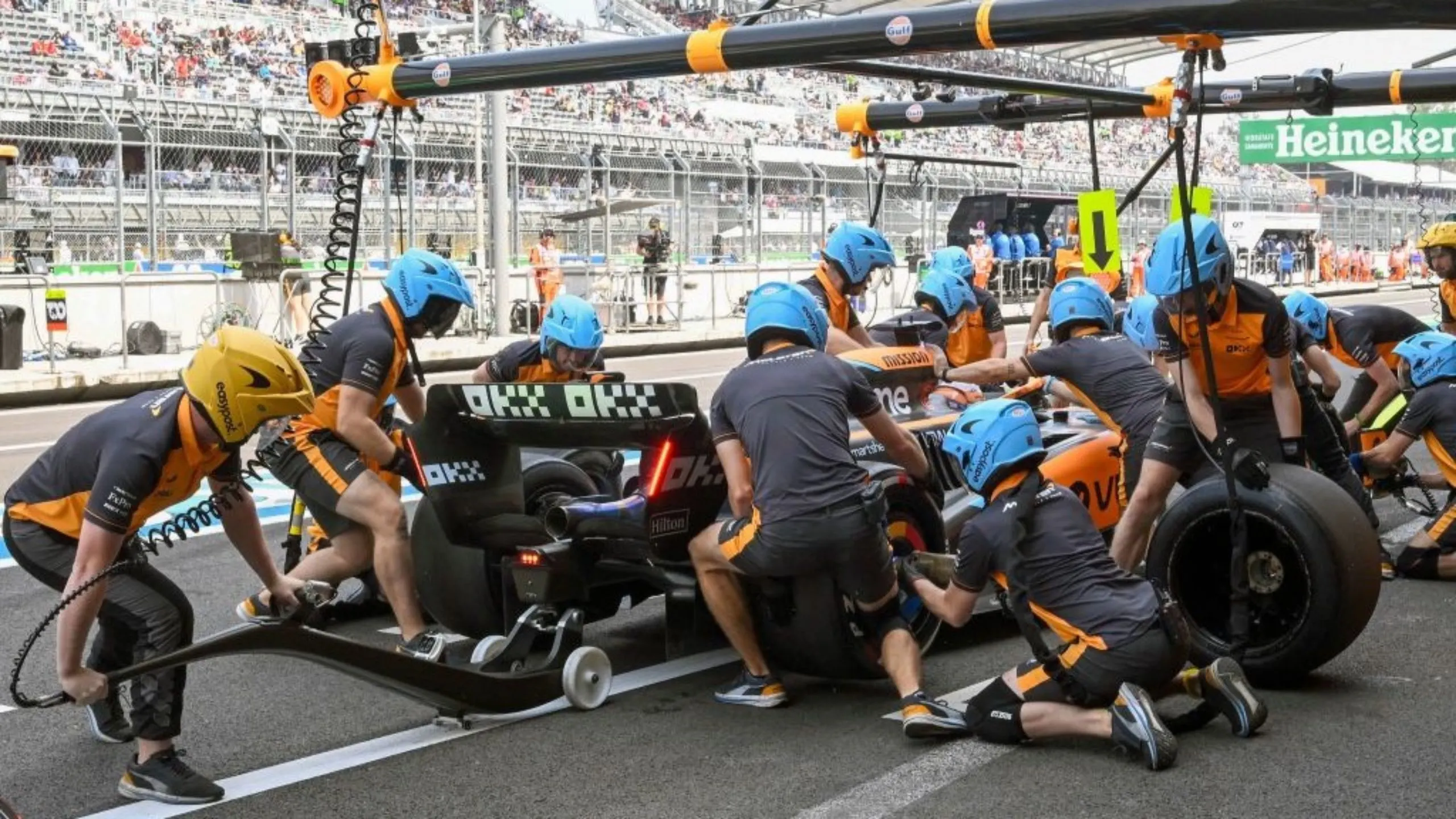There’s a slightly different look to the grid this weekend in Mexico and tricky conditions for the drivers to tackle even if it remains dry and sunny, due to the altitude. So here are some of the different options that are available to the teams on race day in Mexico City…
What’s the quickest strategy?
In what is often the recipe for an exciting strategic race, there are two options that stand out that are closely-matched in terms of time, and they are of differing numbers of pit stops. But the quickest is the one available to the top three teams, which is a two-stop strategy.
READ MORE: Verstappen fends off Mercedes pair for maiden Mexico City pole
The key to this strategy is having two sets of medium tyres available – something Red Bull, Mercedes, Ferrari, Williams and Haas all have – allowing them to run two stints on this compound as it’s deemed the best race tyre.
A run of over 800 metres from pole position to the braking zone for Turn 1 makes the launch off the line particularly crucial, and is likely to see many of the above teams opting for the soft compound to try and either protect their position or gain places.
The first pit window would then be between Lap 16 and Lap 22, switching to mediums until between Lap 42 and 48, and then another set of mediums to the end of the race.
Crucial to this strategy is how the soft tyres hold up in the first stint, with some pace management needed to protect them from too much wear. Graining hasn’t been a major issue but could be a factor if there’s cloud cover that makes track temperatures lower, but at the same time that still makes the soft the better tyre to be on for warm-up reasons.
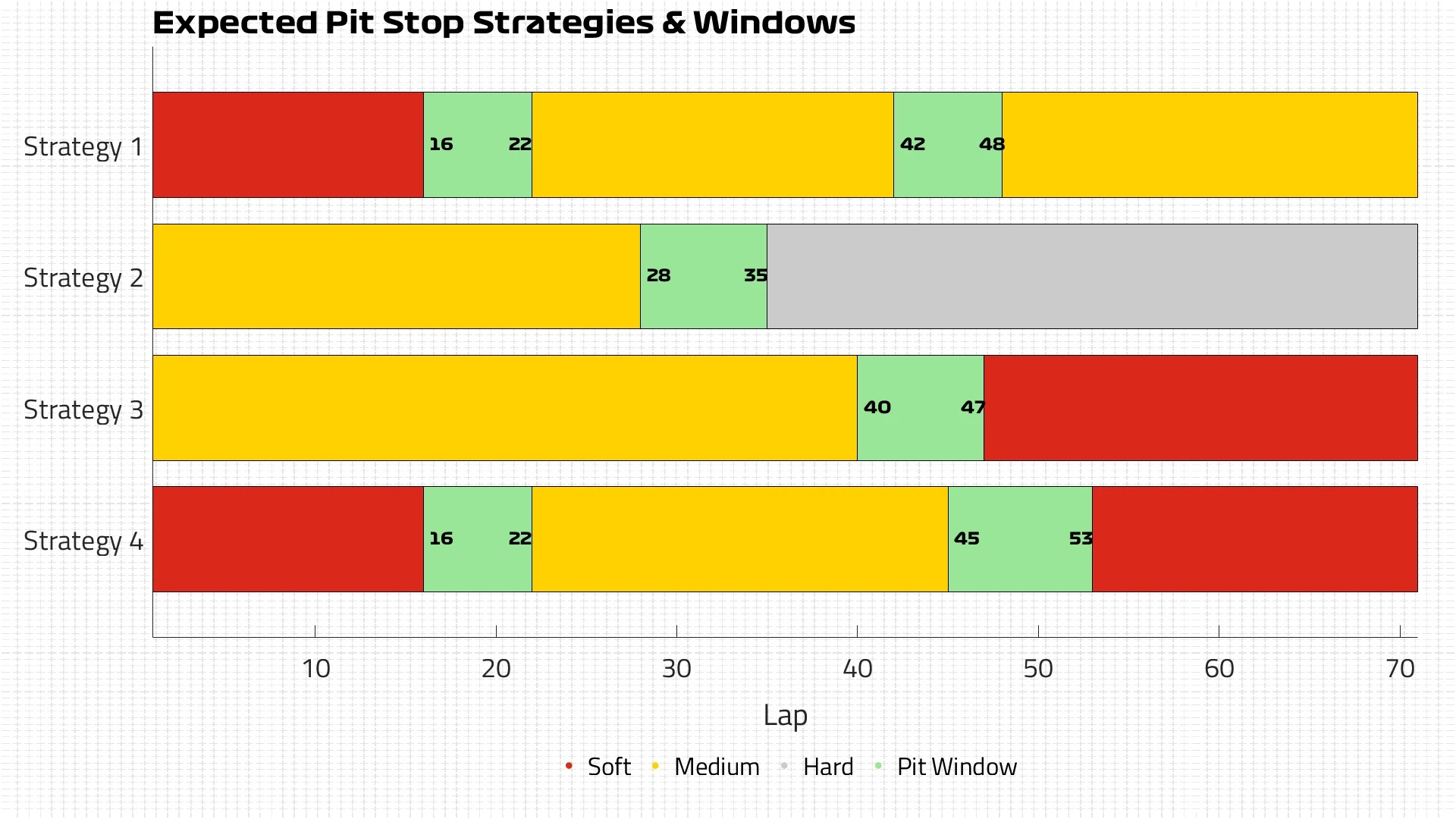
How about a different option for the top 10?
For those without two sets of mediums available – Valtteri Bottas in sixth being the highest-place driver – then a one-stopper is not much slower than the two-stop above.
The downside is starting on the mediums, giving up a bit of performance off the line compared to the soft, but then being able to run a much longer opening stint and not have to worry about pitting early into traffic.
The medium tyre has been consistent and close to a second per lap quicker than the hard compound (though that delta often reduces in race trim when drivers aren’t pushing flat out at all times), so the aim will be a first stint of at least 28 laps.
If the pit stop comes before Lap 35, then the hard compound is the more likely option for the second part of the race, especially for teams that are able to switch the tyre on. The hard is still a consistent tyre but does lack performance in the middle sector with high-speed changes of direction, and can be tough to warm-up.
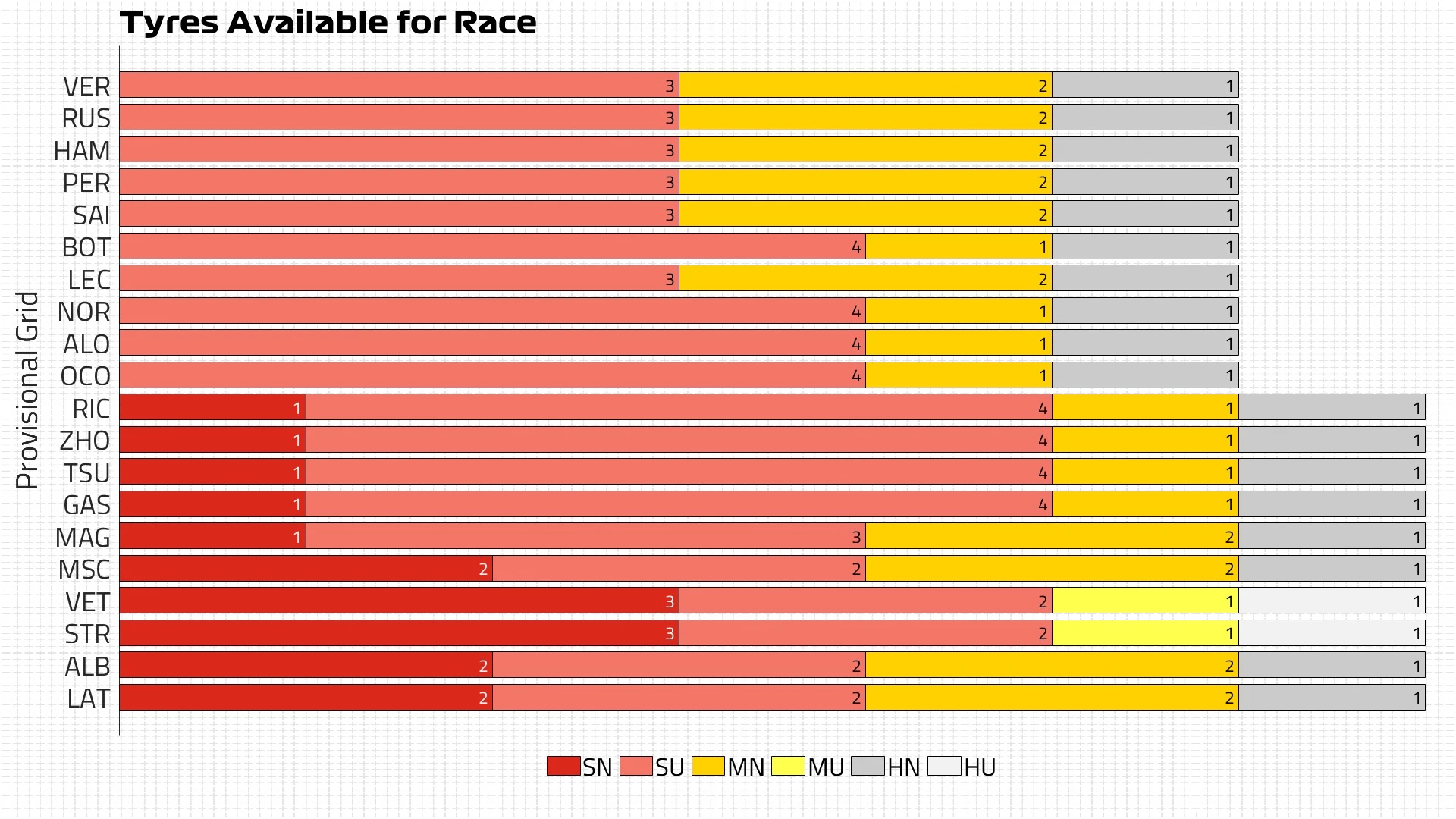
If a driver can extend that first stint to Lap 40 on the medium tyre, then doing the latter part of the race on the softs is possible. That would provide a big pace advantage over the hard compound in the same stint, but would need more management in the first part of the race.
Plus, if it’s hotter than expected then the soft might degrade a bit too quickly to make such a long stint feasible, but teams will have that data from those who start on the softest compound.
These one-stop strategies are particularly attractive given the high likelihood of a Safety Car based on previous races, as a well-timed interruption for a driver yet to make a pit stop could gain them multiple positions, just as Charles Leclerc managed when starting on mediums last week in Austin.
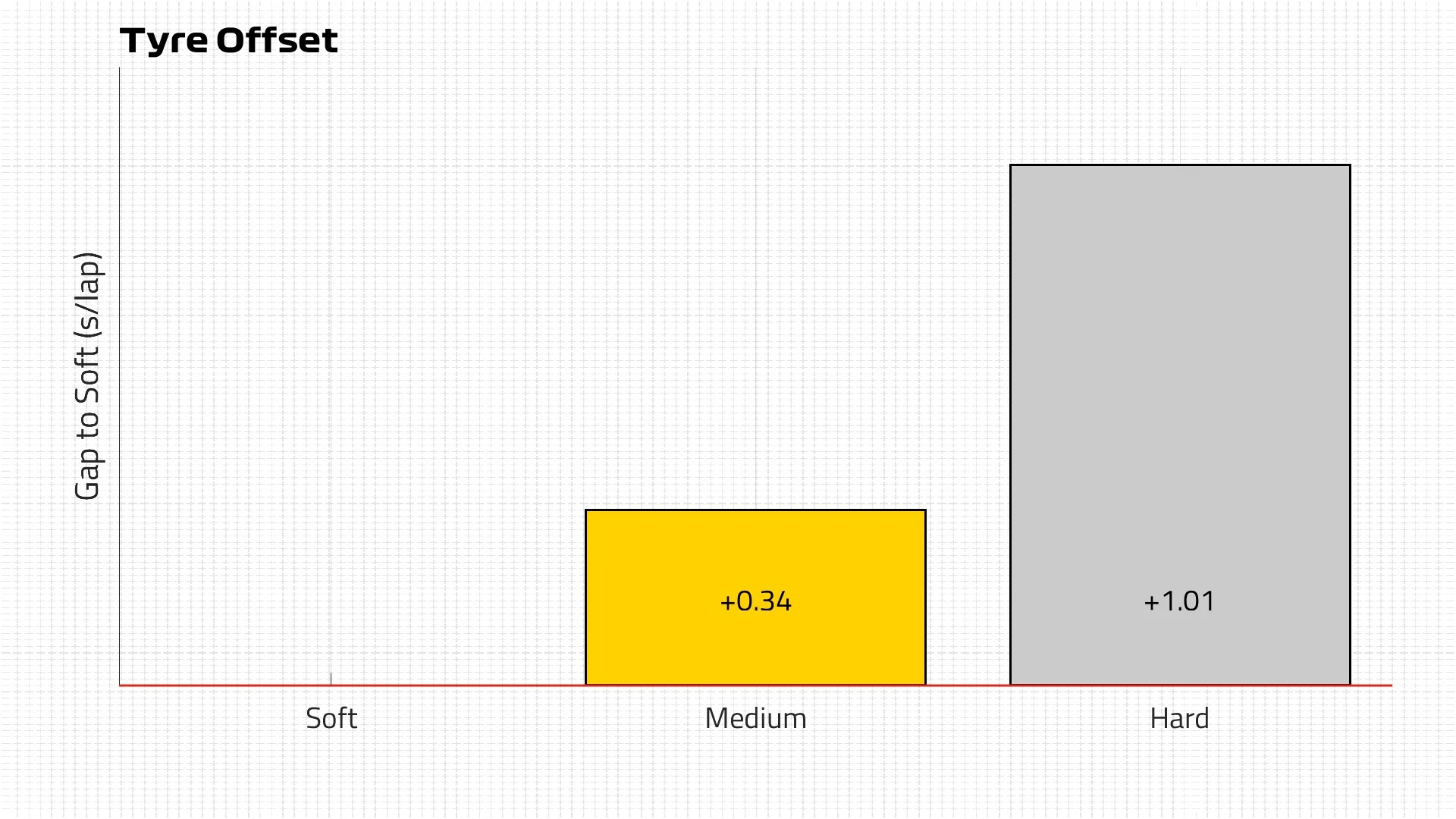
What are the options for the bottom half of the field?
There’s also a two-stop strategy that can be considered by teams that don’t have two sets of mediums, but traffic will be the main concern. Starting on the softs, a first stint that mirrors the quickest strategy – as close to 22 laps as possible – would then be followed by a switch to mediums for the middle part of the race.
Some management would be required here, but the medium’s consistency should allow drivers to target a stint of around 30 laps, then returning to the soft for the final part of the race when the car is at its lightest and the track rubbered in even more, as the Autodromo Hermanos Rodriguez often sees a high level of track evolution even through the race itself.
The hard tyre is not a suitable tyre for the first part of the race because it provides too big a disadvantage off the line compared to the softer compounds, plus will be tough to switch on for drivers on high fuel on the low-grip surface.
Low tyre temperatures combined with the lower levels of downforce due to the altitude is a recipe for sliding around, which is slow and damages the tyres.
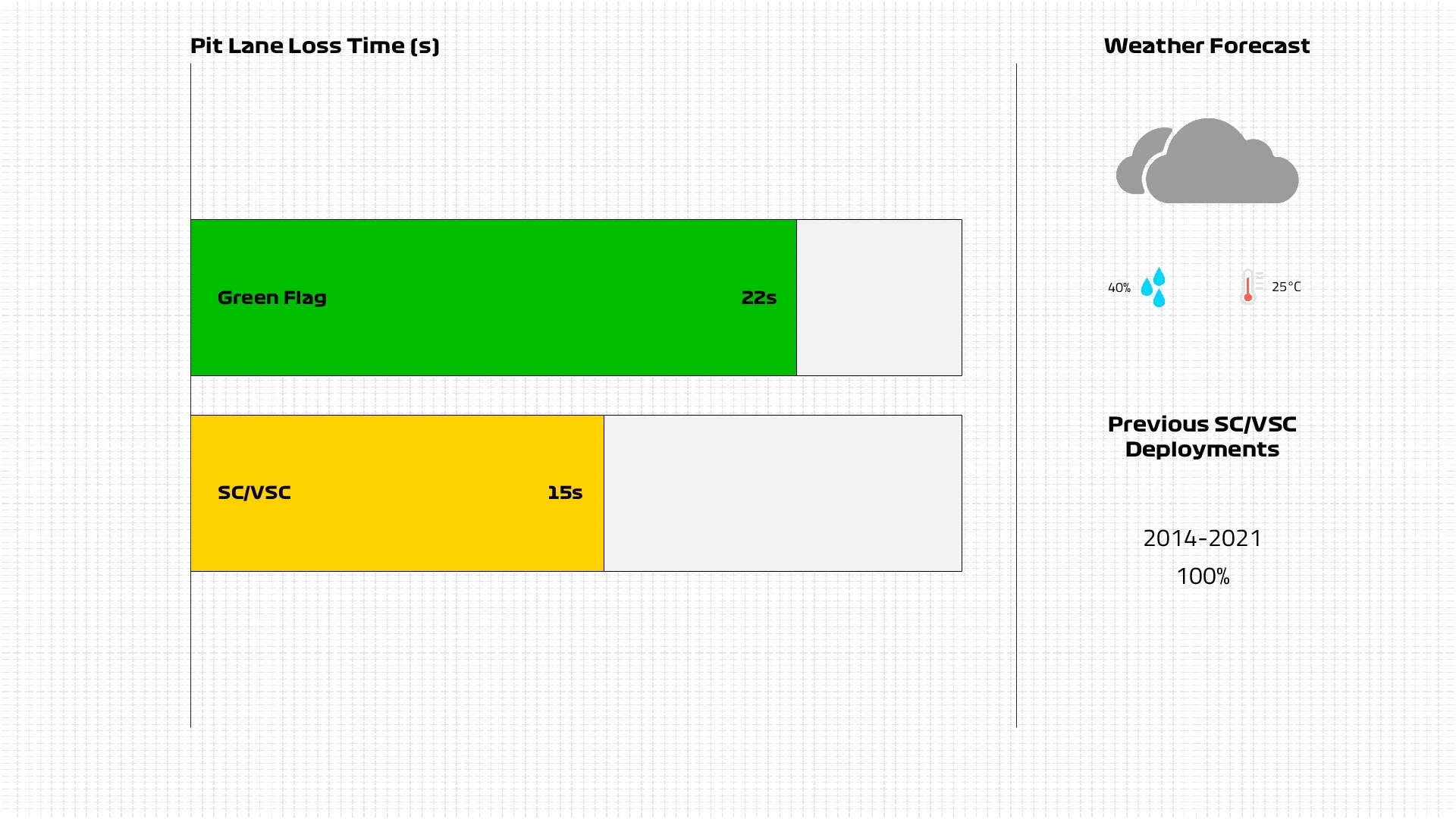
Wait, but what’s the weather doing?
The weather is actually pretty tricky to call this weekend, because of a trend seen throughout the event in Mexico City so far. When the sun is out, it has been warm and track temperatures rising beyond 50C, but cloud cover has dropped that significantly.
There has also been rain in the afternoon on both Thursday and Friday, while a 60% risk of showers during qualifying never materialised and instead the session ran in sunlight that kept temperatures high.
HIGHLIGHTS: Watch the qualifying action as Verstappen storms to pole position in Mexico City
The forecast at the moment is for similar conditions on race day, with sunshine leading to warm temperatures around the time the race starts, but cloud cover likely to build up and the threat of rain increasing during the race itself.
The overall threat of rain remains fairly low at 40%, but even just a change in track temperatures can have a significant impact on the way the tyres are behaving in Mexico.
Next Up
Related Articles
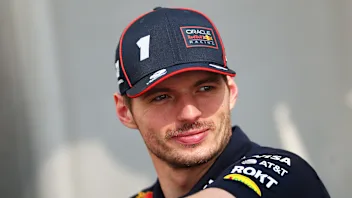 Verstappen reflects on Mercedes talks and F1 future
Verstappen reflects on Mercedes talks and F1 future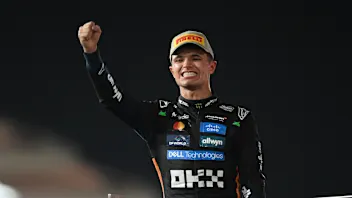 The elite group Norris joins as McLaren World Champion
The elite group Norris joins as McLaren World Champion.webp) End Of Year Reports 2025Aston Martin’s best and worst moments from 2025
End Of Year Reports 2025Aston Martin’s best and worst moments from 2025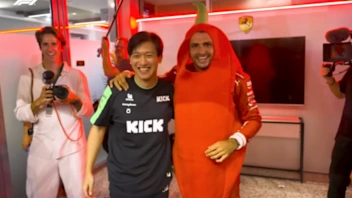 The best moments from F1 Secret Santa over the years
The best moments from F1 Secret Santa over the years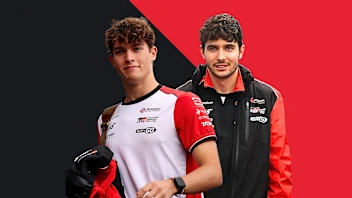 End Of Year Reports 2025Haas’ best and worst moments from 2025
End Of Year Reports 2025Haas’ best and worst moments from 2025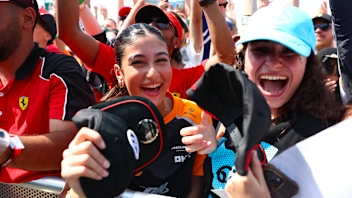 Formula 1’s record-breaking 2025 season in numbers
Formula 1’s record-breaking 2025 season in numbers

